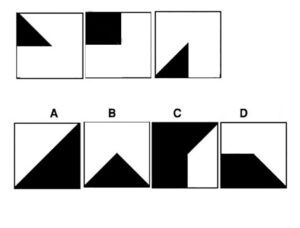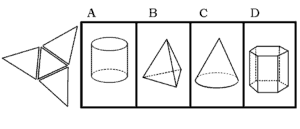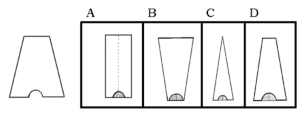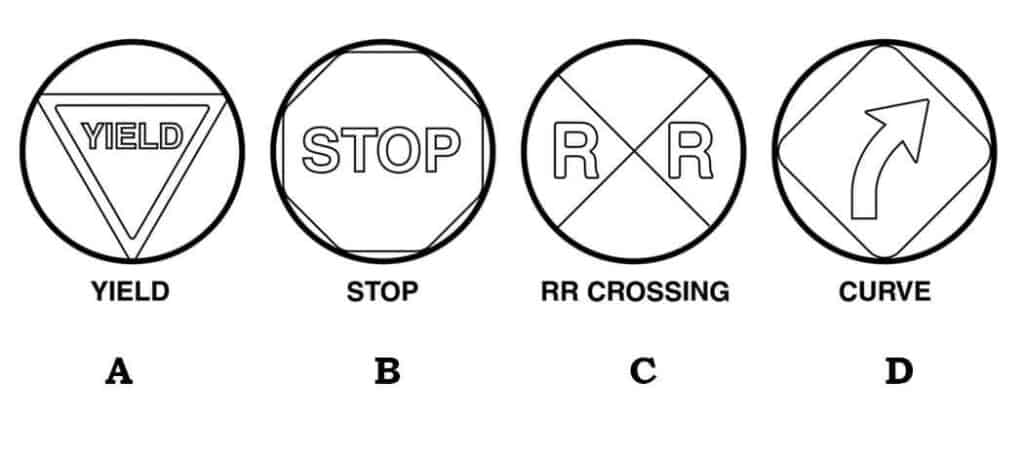Logical reasoning questions are designed to assess your ability to analyze, evaluate, and draw conclusions based on given information. There are many types of questions, each focusing on different aspects of critical thinking. Here are some common types of logical reasoning questions:
Verbal Reasoning Problem Solving or Word Problems Folding Analogies
Image Analogies (Matching) Analytical Reasoning Verbal Classification
Sentence Logic Abstract reasoning and Pattern Recognition
Verbal Reasoning
Verbal reasoning questions test your ability to understand and analyze written information.
Example :
Tom and Tim are brothers. They look exactly the same. They also have the same birthdays.
a. Tom is older than Tim
b. Tim is more handsome than Tom
c. Tom and Tim are twins
d. Tom and Tim are best friends
1. C
The only certain thing is they are twins.
Tests with Verbal Reasoning Questions
Abstract Reasoning & Pattern Recognition Questions
Abstract reasoning and Pattern Recognition
Abstract reasoning and Pattern Recognition questions test your ability to identify patterns and relationships. Abstract reasoning and pattern recognition are cognitive skills that enable you to identify relationships, make connections, and solve problems that involve complex or abstract information. These skills are crucial for tasks that require higher-order thinking and adaptability to novel situations.
Example Question:
1. B
Each figure is created by adding the mirror image of the previous figure.
Abstract Reasoning and Pattern Recognition Practice
Tests with Abstract Reasoning and Pattern Recognition
Problem Solving Questions
Problem solving or word problems.
Word problems give background information, in plain English, on a real-world problem, with one or more variables missing. You are required to translate into mathematical notation and solve for the missing information.
Problem-solving is the process of identifying, analyzing, and resolving problems in a systematic and logical manner. Word problems, are mathematical problems that in everyday language and use real-world scenarios. Some information is given, and one or more pieces of information, or variables, are missing. You must understand the given information, and the relationship to the missing variables, identify the mathematical operations necessary to solve the problem, and then carry out those operations to arrive at the correct answer.
Example:
1. Employees of a discount appliance store receive an additional 20% off the lowest price on any item. If an employee purchases a dishwasher during a 15% off sale, how much will he pay if the dishwasher originally cost $450?
a. $280.90
b. $287.00
c. $292.50
d. $306.00
1. D
The cost of the dishwasher = $450
15% discount amount = 450•15/100 = $67.5
The discounted price = 450 – 67.5 = $382.5
20% additional discount amount on lowest price = 382.5•20/100 = $76.5
So, the final discounted price = 382.5 – 76.5 = $306.0049
Spatial Reasoning Visual Acuity Questions
Spatial reasoning questions
test your ability to visualize and manipulate objects in two or three dimensions. These questions require you to mentally visualize objects and their relationships in space, as well as to understand how they move and interact with each other.
Visual acuity is the accurately perception of different visual elements, such as shapes, colors, and patterns.
Example question:
1. When put together, what 3-dimensional shape will you get?
1. B
Spatial Relations II – Folding
Folding
Spatial Relations II – Folding questions are a type of visual-spatial reasoning question used in cognitive and intelligence tests, and pre-employment test such as the Canada Post GAT, CFAT, CBSA and the CCAT tests. These questions require individuals to mentally manipulate a two-dimensional object by folding it along specified lines to create a three-dimensional object, and then to identify the resulting object or how it would appear if unfolded.
Folding Example:
When the two longest sides touch what will the shape be?
1. D
Analogies
Analogies
Analogies on a standardized test, such as IQ tests or aptitude tests, assess a test-taker’s verbal reasoning ability. An analogy question consists of two pairs of related words. The test-taker is then asked to identify a third pair of words that has the same or a similar relationship.
Example:
1. Nest : Bird
a. Cave : bear
b. flower : petal
c. window : house
d. dog : basket
1. A
This is a Functional relationship. A Bird lives in a nest, the way way a bear lives in a cave.
Analogies – I Images
Matching
An analogy is a comparison between 2 things. You are presented with an object and asked to choose an object that is similar or is not similar. Also called Matching.
Example:
In the following questions, select the choice that does not belong with the other three.
1.
1. C
All signs are directional road signs except choice C.
Analytical Reasoning
Analytical Reasoning
Analytical reasoning questions are included in standardized tests, such as IQ, aptitude, and entrance exams for graduate or professional programs. Analytical reasoning questions test a person’s ability to think logically and analyze complex information.
Analytical reasoning questions typically present a scenario, such as a a group of facts and rules, a diagram, chart, or passage of text. The test-taker is asked to use this information to answer a series of questions that requires drawing logical conclusions, or deductions. The test-taker must determine, give a set of facts and rules what could or must be true.
Example:
1. Use your knowledge of the real relations between the existing nouns to determine the best response.
A CRUX resembles LILO but is closer to the Sun
A TIGO resembles Jupiter but is farther from the Sun
A LILO resembles Earth but is closer to the Sun
Which of the following is the best response?
a. LILO is farther from the Sun than Jupiter
b. CRUX is closer to the Sun than Jupiter
c. Jupiter is closer to the Sun than LILO
d. LILO is farther from the Sun than TIGO
1. B
Based on the relations outlined in the first & third statements, we know that a CRUX is closer to the Sun than a LILO, which is closer than Earth. We also know that Earth is closer than Jupiter from the knowledge we have of these existing nouns, and, from the second statement, we know that Jupiter is closer than a TIGO. From closest to farthest, the order of the words is: CRUX, LILO, Earth, Jupiter, TIGO. Therefore, t choice 2 is the correct answer.
[CRUX<LILO<Earth<Jupiter<TIGO in terms of distance from the Sun]
Verbal Classification
Verbal classification
Verbal classification are common on IQ or aptitude tests, that assess a person’s ability to identify relationships between words and concepts.
The test-taker is given a list of words and asked to identify the word does not belong, based on the relationships or patterns of the given words.
Example:
1. Which word does not belong?
a. Jet
b. Float plane
c. Kite
d. Biplane
1. C
A kite is not a type of plane.
Sentence Logic
Sentence logic
Sentence logic questions are found in standardized tests, such as aptitude or entrance tests for graduate or professional programs, that assess a person’s ability to understand and apply logical reasoning.
The test-taker is presented with a set of sentences or paragraphs in the form of syllogisms: 2 sentences, or premises are given, and students are asked if the third sentence is true or false.
1. The Silver fish can swim faster than the black fish. The gold fish can swim faster than the black fish. The gold fish can swim faster than the silver fish. If the first 2 statements are true, then the third statement is:
True False Uncertain
1. Uncertain
We don’t have enough information here to make a decision. Perhaps the gold fish can swim faster than the black fish AND the silver fish – we don’t know.
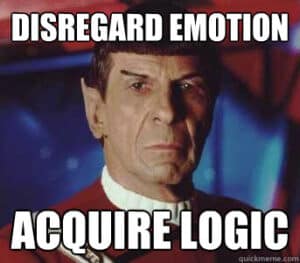
Date Published: Tuesday, March 5th, 2019
Date Modified: Monday, September 30th, 2024

